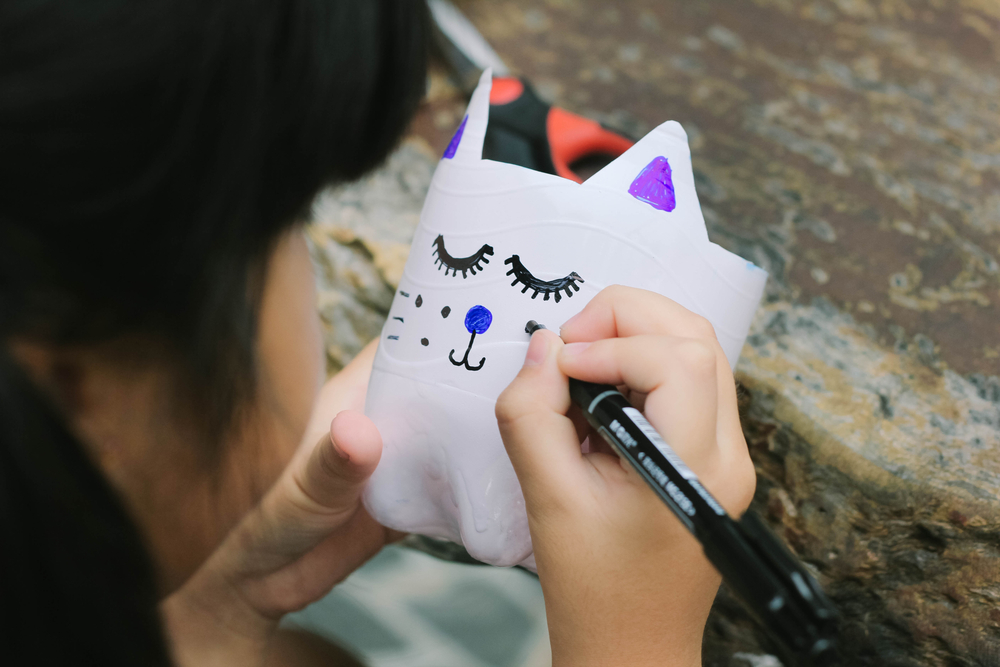Normal Matching worksheets activities for Ages 8-9
6 filtered results
-
From - To


Birds of a Feather: Commutative Property Worksheet


Chess Manners Worksheet


What's My Name? Worksheet


Rook and Bishop Worksheet


Logic Game Sorting Worksheet


Normal Matching worksheets activities are an invaluable tool in both educational settings and personal learning environments. These activities, which typically involve pairing items, words, or images that are alike, serve a multitude of purposes in enhancing cognitive functions and fostering various skills.
Firstly, they bolster language development. For young learners especially, Normal Matching worksheets activities help in vocabulary building and language acquisition. By matching words to pictures or definitions, learners can enhance their understanding of new words, improve spelling, and reinforce their grasp of the language in a fun and engaging manner.
Moreover, these activities greatly benefit cognitive development. Participating in Matching worksheets demands attention to detail, encouraging learners to observe, compare, and contrast different elements. This process not only sharpens visual discrimination but also boosts memory by requiring the recall of specific attributes to make accurate matches. Such exercises are instrumental in developing critical thinking and problem-solving skills as learners strategize on how to find corresponding pairs.
Another key advantage is the promotion of fine motor skills. For younger children, cutting out pieces that need to be matched or drawing lines to connect pairs can be an excellent practice for hand-eye coordination and control. These physical actions, coupled with cognitive demands, make Normal Matching worksheets a comprehensive developmental activity.
Furthermore, Matching worksheets are incredibly versatile. They can be tailored to any subject matter, from language arts and mathematics to science and social studies. This adaptability ensures that learners not only reinforce content knowledge but also apply their matching skills across various domains, making learning more integrated and meaningful.
In conclusion, Normal Matching worksheets activities are a remarkably useful educational tool. They support language development, enhance cognitive skills, improve fine motor skills, and offer a versatile approach to learning. By engaging in these activities, learners of all ages can enjoy a fun and productive way to strengthen critical skills necessary for academic success and everyday life.
 Assign to My Students
Assign to My Students




















